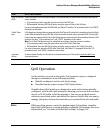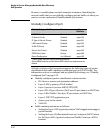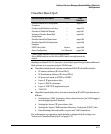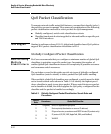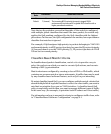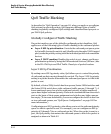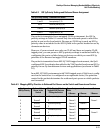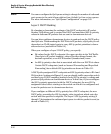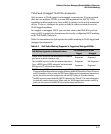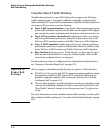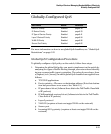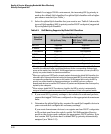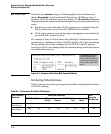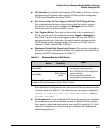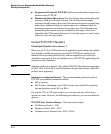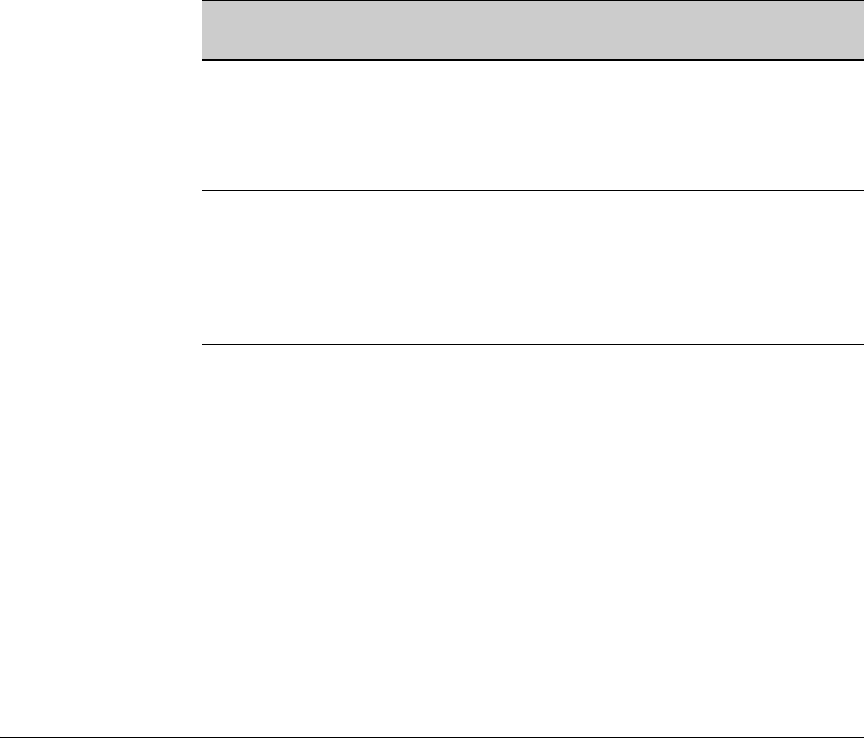
Quality of Service: Managing Bandwidth More Effectively
QoS Traffic Marking
VLAN and Untagged VLAN Environments
QoS operates in VLAN-tagged and untagged environments. If your network
does not use multiple VLANs, you can still implement the 802.1Q VLAN
capability to allow packets to carry an 802.1p priority to the next downstream
device. To do so, configure the ports on links to other network devices as
VLAN-tagged members.
In a tagged or untagged VLAN, you can also ensure that IPv4/IPv6 packets
carry an 802.1p priority to downstream devices by configuring DSCP marking
in the ToS/Traffic Class byte.
Table 6-4 summarizes the QoS options for traffic-marking in VLAN-tagged and
untagged environments.
Table 6-4. QoS Traffic Marking Supported in Tagged and Untagged VLANs
QoS Marking Supported on Outbound Packets
Port Membership in VLANs
Tagged Untagged
Assign an 802.1p priority that determines the outbound
port queue to which a packet is sent
Supported Supported
Carry the 802.1p priority to the next downstream device Supported Not Supported
Carry a DSCP policy (DSCP codepoint
1
and associated
802.1p priority
2
) to downstream devices
Supported Supported
1
DSCP marking (DSCP codepoint and associated 802.1p priority) are not supported on non-
IP packets and packets selected using the following global QOS classifiers: Layer 3 Protocol
and IP-Precedence. Also, in order for DSCP policy marking to be honored on a downstream
device, the device must be configured to use the DSCP policy in IP packet headers.
2
The 802.1p priority associated with a DSCP codepoint (see Table 6-11) is used to determine
the packet’s outbound port queue. When used in a VLAN-tagged environment, an 802.1p
priority is also carried in the 802.1Q field of outbound packet headers.
6-17



